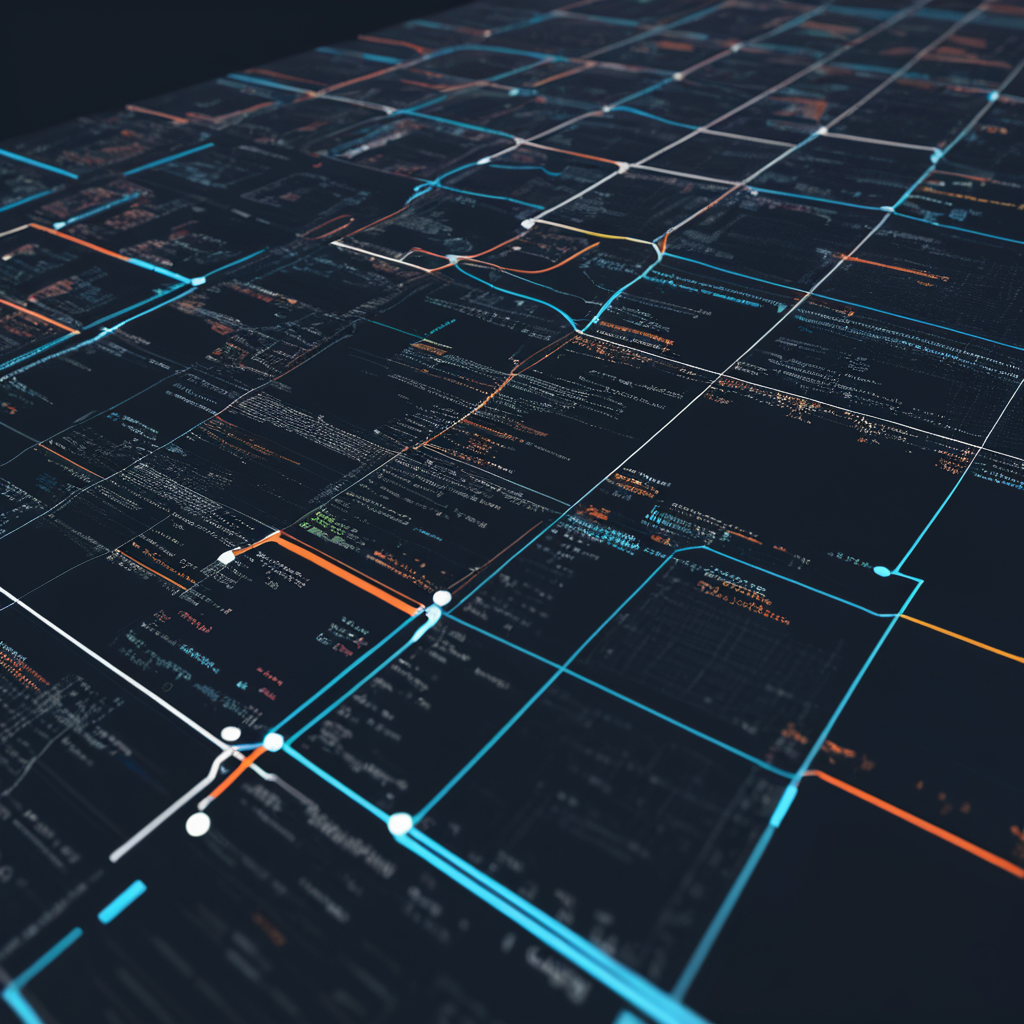- November 14, 2024
TIOBE Programming Index News November 2024: Key Trends and Insights

TIOBE Programming Index News November 2024: Key Trends and Insights
The TIOBE Programming Index for November 2024 presents interesting changes in programming language rankings, with notable developments for languages like Go, Fortran, and the continued popularity of Python, C++, and Java. The index uses search engine data to measure the popularity of languages, offering insights into trends based on developer interest and industry demand.

Go’s Rapid Rise: Simple and Fast for Modern Development
One of the most significant shifts this month is Go’s jump to the 7th position. Go’s rise is fueled by its simplicity, fast performance, and ease of deployment—factors that have made it popular in backend and cloud-based applications. Unlike Rust, which is optimized for performance and memory safety, Go’s simplicity and concurrency model offer an easier learning curve and quick deployment, making it ideal for distributed and scalable systems.
Fortran’s Revival: A Reemerging Power in AI and Computation
Fortran, once a top choice for computational mathematics, is seeing a resurgence in industries focused on AI and scientific computing. In November 2024, it climbed to 8th position, as developers in data-intensive fields return to it for its powerful numeric capabilities. This revival reflects a growing demand for languages that can handle high-performance computing tasks efficiently.
The Enduring Appeal of Python, C++, and Java
The top three—Python, C++, and Java—remain at the forefront, maintaining their popularity across various fields. Python’s versatility in data science and AI, C++’s performance in systems programming, and Java’s robustness in enterprise solutions explain their consistent high ranks. Each language serves a distinct need, making it a staple in technology stacks worldwide.
Legacy Languages in 2024: Delphi/Object Pascal
Despite being less commonly discussed, Delphi/Object Pascal remains relevant, driven by its ease of use in building cross-platform applications. While it dropped slightly out of the top ten, its utility in developing legacy systems and user interfaces has helped sustain its demand among developers, particularly in specialized fields.
Go’s Concurrency Model vs. Java and Python
Concurrency in Go is another factor behind its growth. With lightweight goroutines, Go simplifies concurrency, unlike Java’s complex multithreading or Python’s limitations due to the Global Interpreter Lock (GIL). This feature is especially valuable for large-scale applications where parallel processing is critical, as in microservices architectures.
Why C, C++, and C# Still Dominate in Systems Programming
C, C++, and C# consistently appear in the top five, thanks to their foundational role in systems programming. C’s efficiency in low-level applications, C++’s object-oriented flexibility, and C#’s integration with Microsoft’s .NET ecosystem make them irreplaceable for specific high-performance needs.
Go’s Impact on Web Development: Competing with JavaScript and Visual Basic
As Go gains popularity, its entry into web development may challenge traditional languages like JavaScript and Visual Basic in backend systems. Go’s ease of use and rapid performance make it suitable for modern web applications, which could influence web developers to consider it as an alternative for server-side logic.
Challenges Facing Go: Competition with Rust and Other Emerging Languages
Although Go is popular, its growth faces challenges from languages like Rust, known for its memory safety and performance. Rust’s appeal in system-level programming may pose competition as developers look for secure and efficient alternatives. However, Go’s simplicity still gives it an edge in projects prioritizing speed and ease of deployment over memory safety.
How the TIOBE Index Measures Language Popularity
The TIOBE Index tracks language popularity using search engine data, analyzing the frequency of language-specific searches across platforms. This approach helps capture developer interest but may not fully represent actual usage in codebases. Despite this limitation, it provides a useful benchmark for gauging which languages are drawing the most attention.
Comparing Go and Python: Ecosystems for Data Science and Machine Learning
While Go’s ecosystem is growing, Python’s vast libraries for data science and machine learning, like NumPy and TensorFlow, make it the preferred choice for AI-related work. However, Go’s fast runtime and concurrency model could attract more developers seeking performance-focused solutions, especially as machine learning applications expand.
Conclusion: What Lies Ahead in Programming Language Trends
The November 2024 TIOBE Programming Index reflects both enduring choices and emerging preferences. With Go’s rapid rise, Fortran’s unexpected comeback, and the steady dominance of Python, C++, and Java, the landscape of programming continues to evolve to meet modern demands. Whether building legacy systems, creating high-performance applications, or working on web backends, developers have a wide array of options suited to specialized needs.
1 Comments
NICE ARTICLE